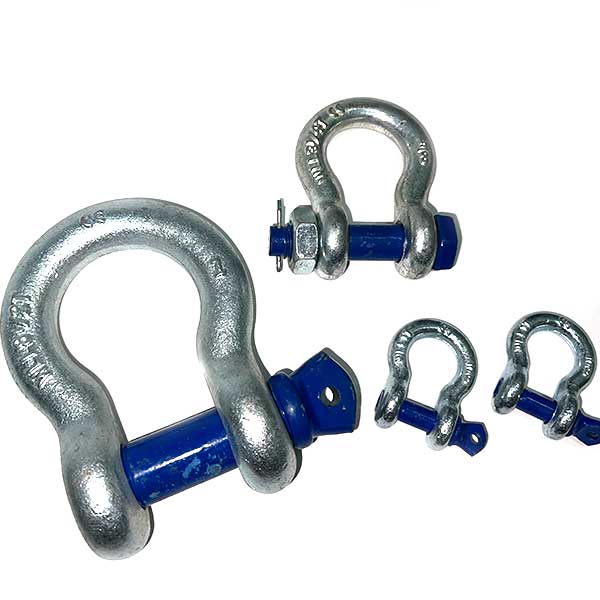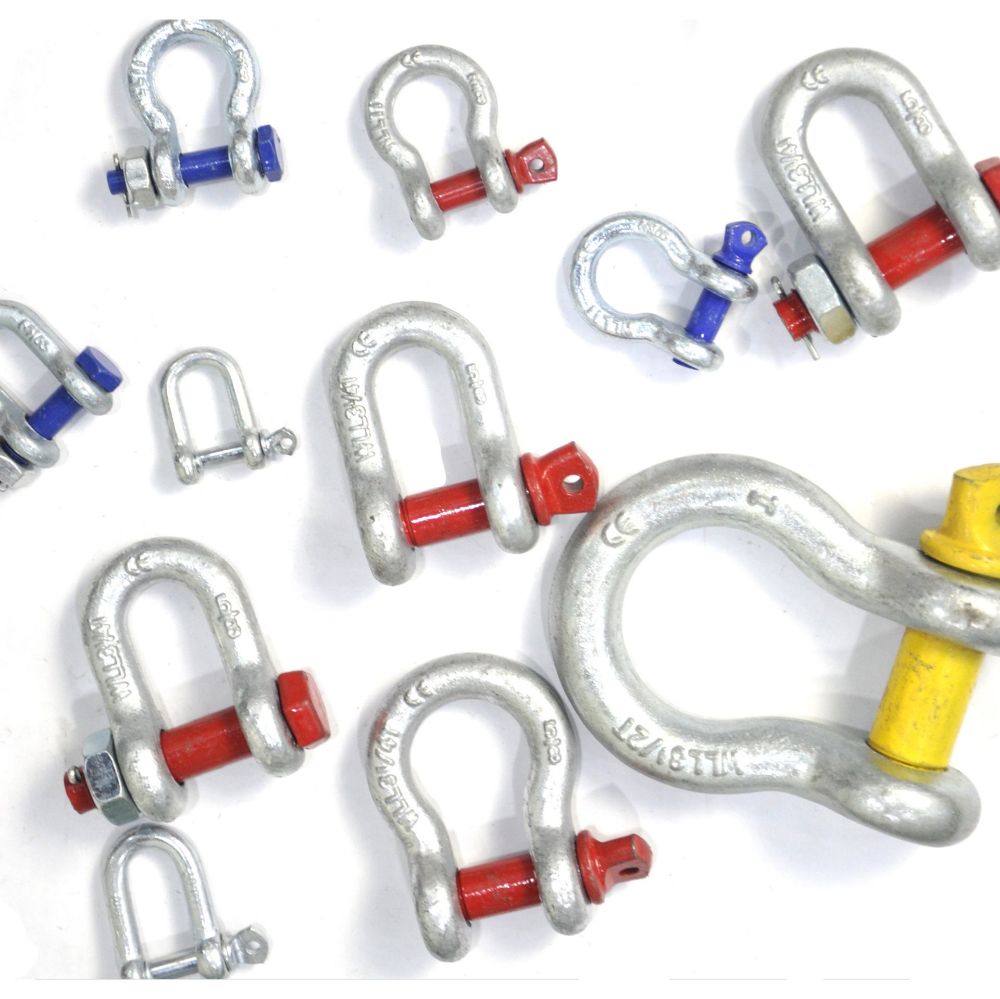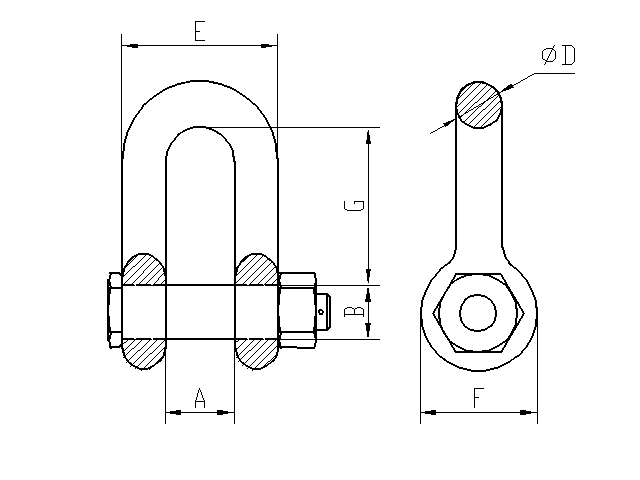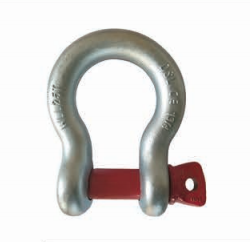Shackles should be inspected and maintained regularly to ensure their continued safe use. The frequency of inspection and maintenance will depend on the specific application and conditions of use, but general guidelines are as follows:
1. Pre-use Inspection: Shackles should be inspected before each use to ensure they are in good condition and free from damage. This inspection should include checking for cracks, bends, corrosion, and wear on the shackle body and pin. The pin should also be checked to ensure it is straight and the threads are in good condition.
2. Regular Inspection: Shackles should be inspected regularly, based on the frequency and conditions of use. In general, shackles used in normal working conditions should be inspected at least once a year, while those used in severe or harsh conditions may require more frequent inspections.
3. Maintenance: Shackles should be cleaned and lubricated regularly to prevent corrosion and ensure smooth operation. Any damage or wear should be repaired or replaced immediately.
It is also important to follow industry standards and manufacturer's recommendations for the use and maintenance of shackles, as well as to train personnel on proper handling, use, and inspection procedures. Any suspected or observed defects or damage should be reported and addressed immediately to prevent any potential safety hazards.









